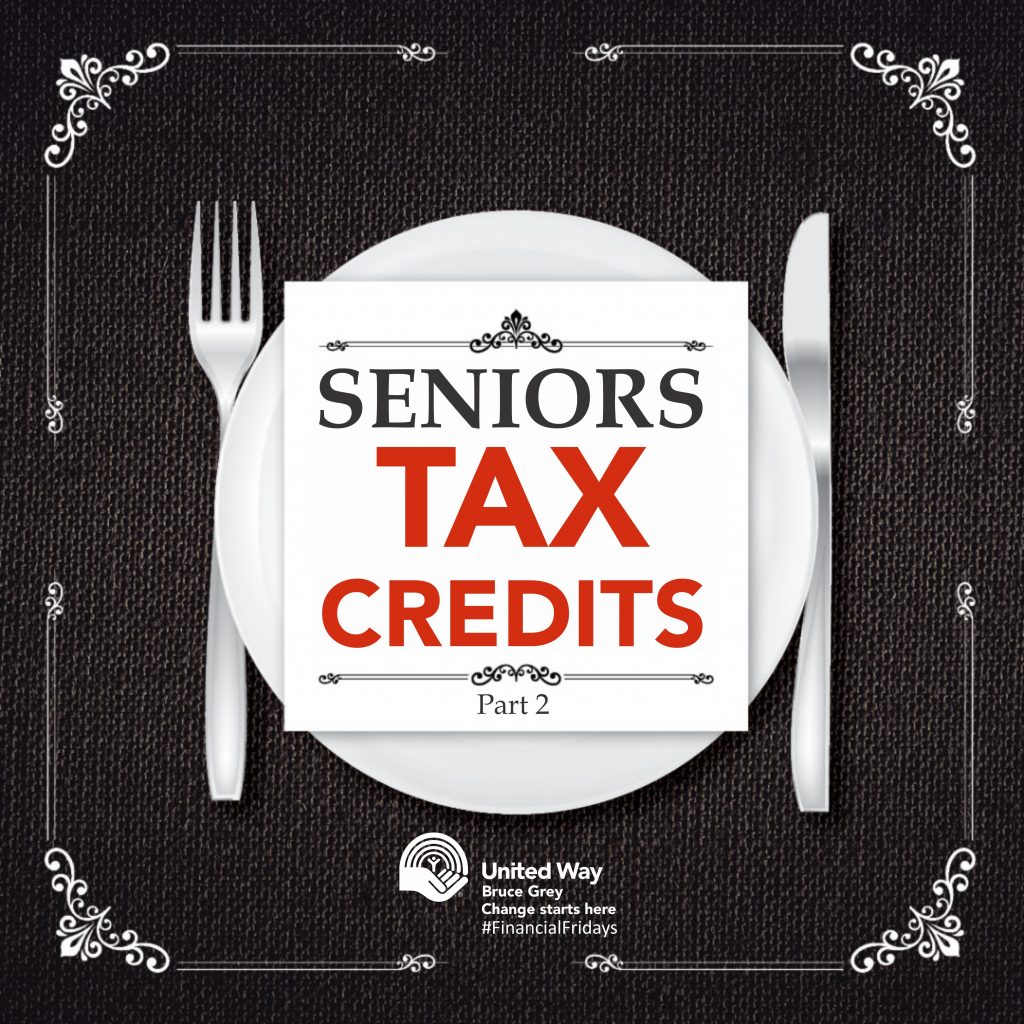#FinancialFridays: Senior’s Tax Credits (Part 2)

Are you a resident of Ontario in 2021? For Ontarians, the government introduced a new refundable Senior’s Home Safety Tax Credit applicable to seniors and individuals who share a home with a senior relative or a non-senior living with or expecting to live with a family member who is 65 years or older.
Think of any renovation expenses you made so far! Start with bathroom safety. Have you installed walk-in bathtubs, wheel-in showers, handrails or grab bars & related reinforcements for the toilet, bathtub and showers? Non-slip flooring, automatic garage door openers, even additional light fixtures throughout the home and exterior entrance are eligible home safety expenses. This senior’s tax credit makes it justifiable to commit to those expensive but necessary improvements within your home including renovations to permit first-floor occupancy or a secondary suite for a senior.
The Seniors’ Home Safety Tax Credit is worth 25% of up to $10,000 in eligible expenses for a senior’s principal residence in Ontario. The resulting maximum credit is $2,500 per year. It’s a temporary, refundable personal tax credit available for the 2021 and 2022 tax years, as long as the eligible expenses are paid or payable in 2021 and 2022.
Another home renovation benefit for seniors and or for people with disabilities (those eligible for the disability tax credit) is the Home Accessibility Tax Credit (HATC). This federal non-refundable tax credit is available for the 2016 and subsequent tax years. You would be happy to know that this credit does not just apply to seniors 65 years or older. If you are a senior citizen living with relatives and they made these home improvements to support you, then your relatives can also claim HATC on their refunds.
You can claim HATC for up to a maximum of $10,000 per year in home improvement expenses that can make your home safer and more accessible such as installing stair lifts, widening your doorways or adding wheelchair ramps. If there are two qualifying individuals living in the same principal residence, the maximum is $10,000 related to that principal residence. The credit is at the lowest personal tax rate of 15%, so the maximum tax reduction per year is $1,500 ($10,000 x 15%).
Double dip: HATC renovations can be medical expenses, too!
Another great bonus If a qualifying renovation expense also qualifies as Medical Expense Tax Credits (METC), then both the METC and the HATC can be claimed for that same expense. Unlike the Home Accessibility Tax Credit, there is no upper limit to medical expenses. For 2021 tax year, you can claim a 15% federal non-refundable tax credit on qualifying medical expenses that are more than either $2,421 or 3% of your net income, whichever is less.
Remember, documentation is key. All eligible expenses must be supported with proof of payments, dated invoices and receipts clearly identifying the type and quantity of goods bought or services provided for you. Keep all other supporting documentations you may have such as agreements, credit card statements or cancelled cheques. The government has the right to audit and require any additional documentations deemed necessary.
Now make sure to talk to a tax professional about claiming both the Home Accessibility Tax Credit and your eligible medical expenses to take advantage of all these tax benefits available for you!
Note: If you are low income, you can call 211 to see if you are eligible for a Free Tax Preparation clinic near you or visit: www.FreeTaxClinics.ca
Are you facing financial challenges? If you need help getting your finances back on track, reach out to Sharon Safra, our Financial Literacy Program Coordinator at advice@unitedwaybg.com or 519-378-4773. She can help you look at your financial situation and decide on a positive path forward.

